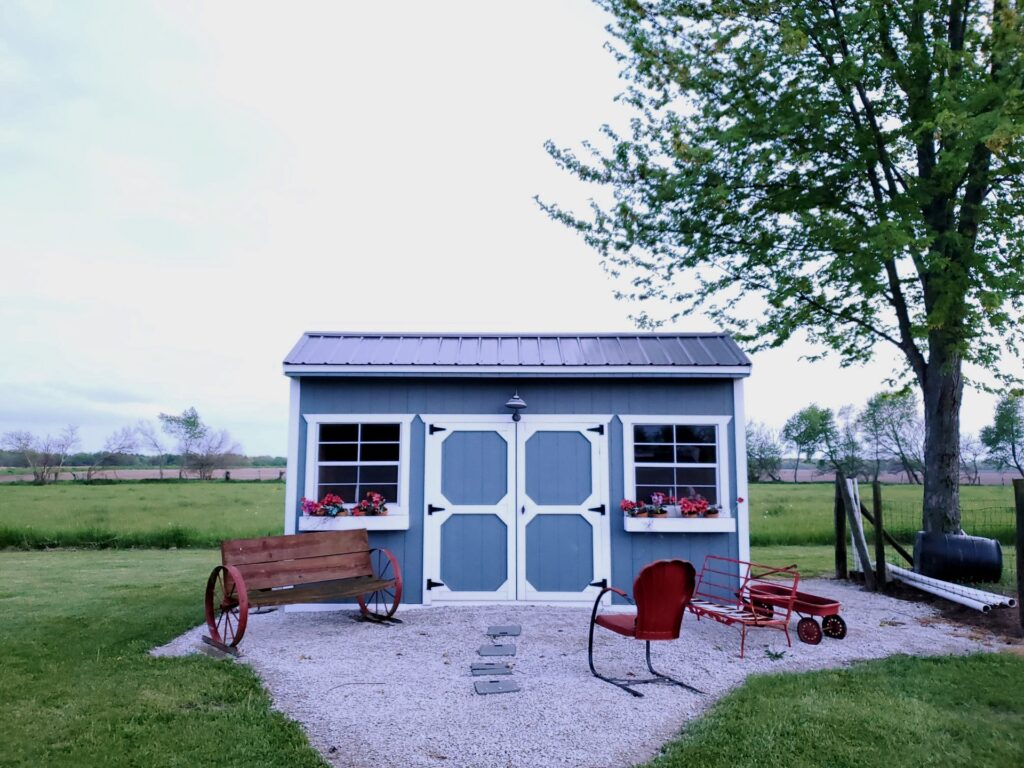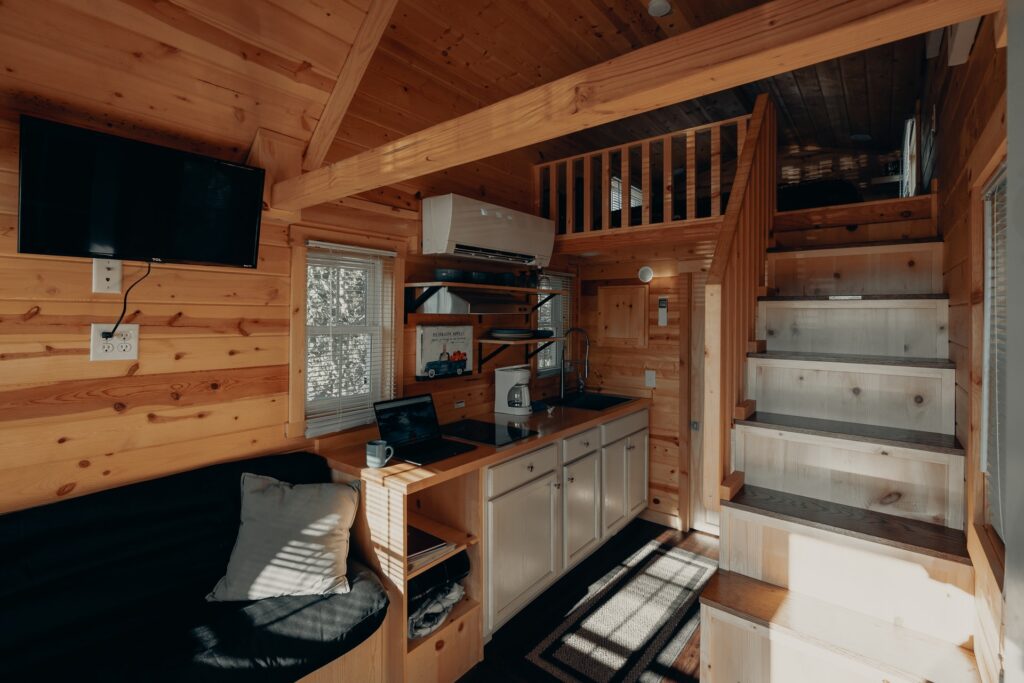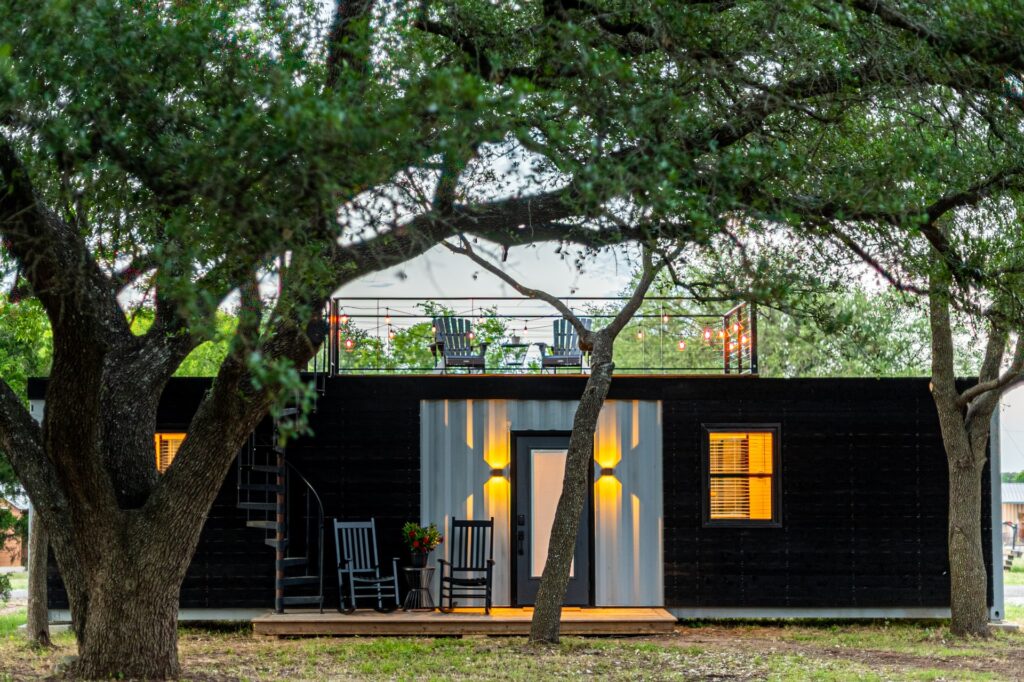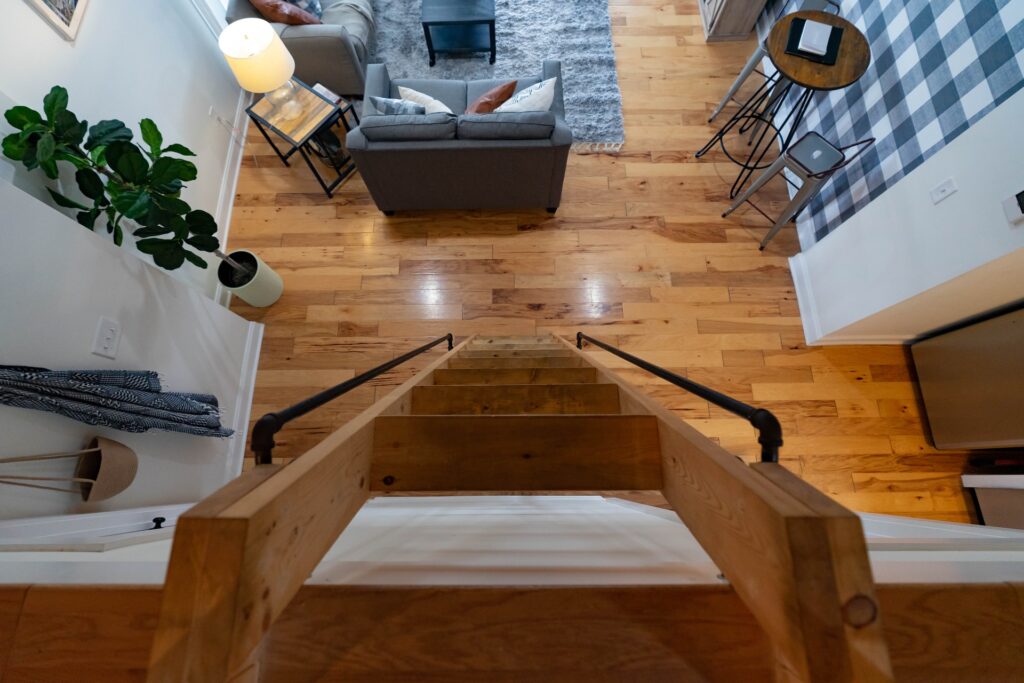Tiny houses are gaining in popularity in Australia. As housing affordability becomes even more of an issue, tiny houses can provide a solution through minimalism and reducing your cost of living, or by providing a rental income.
Introduction – Tiny Houses Australia
There is a shortage of affordable housing in Australia and this has been made worse by the pandemic. As people look for ways to save money on accommodation, this has encouraged people to consider having smaller houses – leading to the tiny house movement. It is quite surprising to think that a 20 sqm tiny house is large enough to live in when the average-sized house in Australia is about 240 sqm. It is much cheaper to build and maintain a tiny house, but there may be legal issues involving where to put it. Buying small or tiny homes could be one way for you to work towards achieving financial independence. You could make money by having a tiny house on your property and renting it out or you could save money by downsizing.

How much do tiny houses cost in Australia?
There can be large differences in the prices of tiny houses and the price will usually depend on how big the house is, as well as the amount of materials that are needed and whether premium quality materials are used. Of course, the price of the build will decrease if you can do part of it yourself. The cheapest type of tiny house will be a full DIY build, but most people would probably have to spend a fair bit of money buying the tools needed to build it, and it does not take into account the time you would take building it.
Not everybody has the skills or the time to build their own tiny house from scratch, so it is worth considering buying a tiny house kit that costs between $12,000 and $30,000. This would give you the basic structure and then you can finish the interior yourself. A shell build (or lock-up build) will give you a complete tiny house, but you add some of the interior features yourself. Depending on what is included in your tiny house, you would probably pay between $35,000 to $75,000. Of course, there would still be additional costs before your tiny home was complete. A full build is the most expensive option. With this type of tiny house, you will have everything you need and you can move in as soon as you put it in place. This will cost anywhere from $85,000 to $150,000. You can read more about the costs involved in getting a tiny house by reading Tiny Houses Australia.
“If one’s life is simple, contentment has to come. Simplicity is extremely important for happiness. Having few desires, feeling satisfied with what you have, is very vital: satisfaction with just enough food, clothing, and shelter to protect yourself from the elements”
The Dalai Lama
Do you need council approval for a tiny house?
The Australian Tiny House Association describes the two types of tiny houses which are: Tiny houses on wheels (THOW) and Tiny houses on skids (THOS). No matter which type of tiny house you have, it will be subject to regulations by local councils. If you have a tiny house on wheels, many councils in Australia will probably consider it to be a caravan. You will not need council approval to build your tiny home, but there are likely to be restrictions concerning where you can park it and for how long you can stay in one place. If your tiny house is able to be moved then there will also be rules about the maximum size and weight as it must be safe for your tiny house to be towed.
If your tiny house has foundations and is intended to be permanent, you will need to have council approval and it must meet the same building codes as a larger house.
Can you permanently live in a tiny house?
Whether you can live permanently in a tiny house will depend on how it is defined. If you have a THOW, you must follow the same rules as for caravans. Different councils may have different rules in place, so you would need to check with the council area where you intend to have your tiny house. Most council areas have rules about the length of time that you can park your caravan. For example, in NSW, you may find that you can park your caravan in the street for 48 hours but only for a maximum of 60 days a year.

The RACQ has some useful information about living in caravans which may be useful when considering a tiny house.
It might be possible to put your tiny house in someone’s yard and share bathroom facilities with the main house. You could probably stay in this kind of tiny house without council approval, but you might experience problems if your neighbours decided to make a complaint. If your tiny home is like a granny flat in a permanent location on your property, then of course, you will need to get council approval and it will need to comply with building codes, so there is no need to worry about the neighbours.
Is it cheaper to build or buy a tiny house?
You may be wondering whether it is cheaper to build a tiny house yourself or buy one secondhand. If you are able to build your tiny house from scratch and do most of the work yourself, then you will probably be able to save thousands of dollars for a tiny house of a similar size that is made with similar materials. On the other hand, if you are choosing between a full build or buying a tiny house from someone else, a secondhand house could be a little as half the price for a comparable model.
Who builds tiny homes in Australia?
There are a number of companies that build tiny houses in Australia. If you do a search on the internet, you will easily be able to find a reputable company in your state. You can read about 3 reputable Australian companies which make tiny houses on the Greenbuild website. You can also see some tiny homes made by different manufacturers at Realestate.com.
Is there a big market for Tiny Houses in Australia?
Although tiny houses have been around for a while, the idea of living in tiny houses didn’t really take off until the start of the pandemic. As the housing crisis has continued to make it difficult for people to find accommodation, people have started to realise the benefits of tiny houses. Older single women are more likely to buy a tiny house than any other demographic. They have also been suggested as a way of dealing with the problem of homelessness.

Is it easy to sell a Tiny House in Australia?
As tiny houses have increased in popularity, it has become easier to sell them. You can see tiny houses advertised on websites like eBay and Gumtree because they are often classed as caravans. Advertisements for tiny houses in permanent locations are also featured on normal real estate websites. Tiny Real Estate features advertisements for both sales and rentals.
How can Tiny Houses propel you towards Financial Independence?
There are a number of ways in which tiny houses could help you to achieve financial independence. Housing affordability has become a huge issue in Australia so you can reduce your expenses by choosing to live in a tiny house or you can increase your revenue by using a tiny house for rental income.
Regular size houses are much more expensive than tiny houses. Even if you get a home loan to buy your tiny house, it will be much less than for a larger house, and you will be able to pay it off much faster. When a homeowner makes the choice to downsize from a normal size house to a tiny house there are sure to be savings that could be invested to provide additional income.
You could also consider building a tiny house in your yard in order to increase your income (assuming you have council approval). Tiny houses can function as granny flats, but are usually much cheaper to build. If you decide to build a tiny house that is used as a granny flat, you will be able to get a passive income by using a site like Airbnb to advertise its availability. If you have the space, but don’t want the expense of buying or building your own tiny house, you could also rent out part of your backyard to someone with a tiny house.
Advantages of living in a Tiny House
- Tiny homes are much cheaper to build than regular size houses.
- You will not have to spend as much money on utilities if you have a tiny house. You may even be able to eliminate utility bills altogether if you decide on an off-grid home. Choosing renewable energy, a composting toilet, and a water tank, mean your expenses could be reduced to almost nothing.
- Maintenance will be easier and cheaper than a regular size home
- Cleaning your tiny home will take you much less time and energy
- Tiny houses are good for the environment. They use fewer materials and are often made from environmentally friendly materials allowing them to have a much smaller carbon footprint than a larger house.

Disadvantages of living in a Tiny House
- Obviously, tiny houses are small. For many people a tiny house will feel much too cramped for comfortable living.
- It may be difficult to find a place to put your tiny house. If you have land or are willing to live in a caravan park, then you won’t have problems. Like caravans, tiny houses are subject to strict regulations, as councils want to control housing density.
- Tiny homes that are permanent fixtures are subject to the same approvals and building codes as regular houses.
- If you are like most people, you might find that your tiny house becomes cluttered very quickly. Only someone who feels comfortable with a minimalist lifestyle should think about living in a tiny house.
“When you live in a tiny house, you live in such a small space that you have to get out in the world to do your living in places other than your home. When you live in a house the size of a large parking space, you don’t have room for absolutely everything. This leads you to find creative ways to meet those needs outside the home.”
Ryan Mitchell –
FAQs about Tiny Houses Australia:
How high can a tiny house be in Australia?
The maximum height for a tiny house in Australia is 4.3 metres. This is because a tiny house is defined as a caravan and must be capable of being towed.
Where can I buy a tiny house in Australia?
In recent years, the number of companies that will build tiny homes are increasing rapidly and you should be able to find a company in your state. If you want to buy one secondhand, then you can find them on websites such as Gumtree or any of the real estate websites.
What states have tiny house communities?
Groups of tiny houses have been built to provide accommodation for the homeless in a number of areas, but there aren’t any established tiny house communities yet. With the increasing popularity of tiny houses, we can expect to see the same type of tiny house communities that are starting to be established in the USA.
What is the smallest house you can legally build?
There does not appear to be a legal minimum when it comes to size. There are practical limits as to the size of home that you can live in, so you can expect to see houses as small as 20 square metres.
Conclusion – Tiny Houses Australia
So many Australians are making changes to their housing situation as a way to reduce living costs and build wealth. One way for you to make the move towards financial independence is to consider an alternative housing solution – such as a tiny house. You could reduce your costs by downsizing or you may decide to create passive income by renting out a tiny house or by allowing someone to put their tiny house on your land.
Tiny houses are cheap to buy and to maintain, but they are not for everyone. Council regulations mean that owning a tiny house is not as easy as just parking it on the street somewhere, but with some careful thought, a tiny house could be an essential part of your financial plans.
Captain FI is a Retired Pilot who lives in Adelaide, South Australia. He is passionate about Financial Independence and writes about Personal Finance and his journey to reach FI at 29, allowing him to retire at 30.








